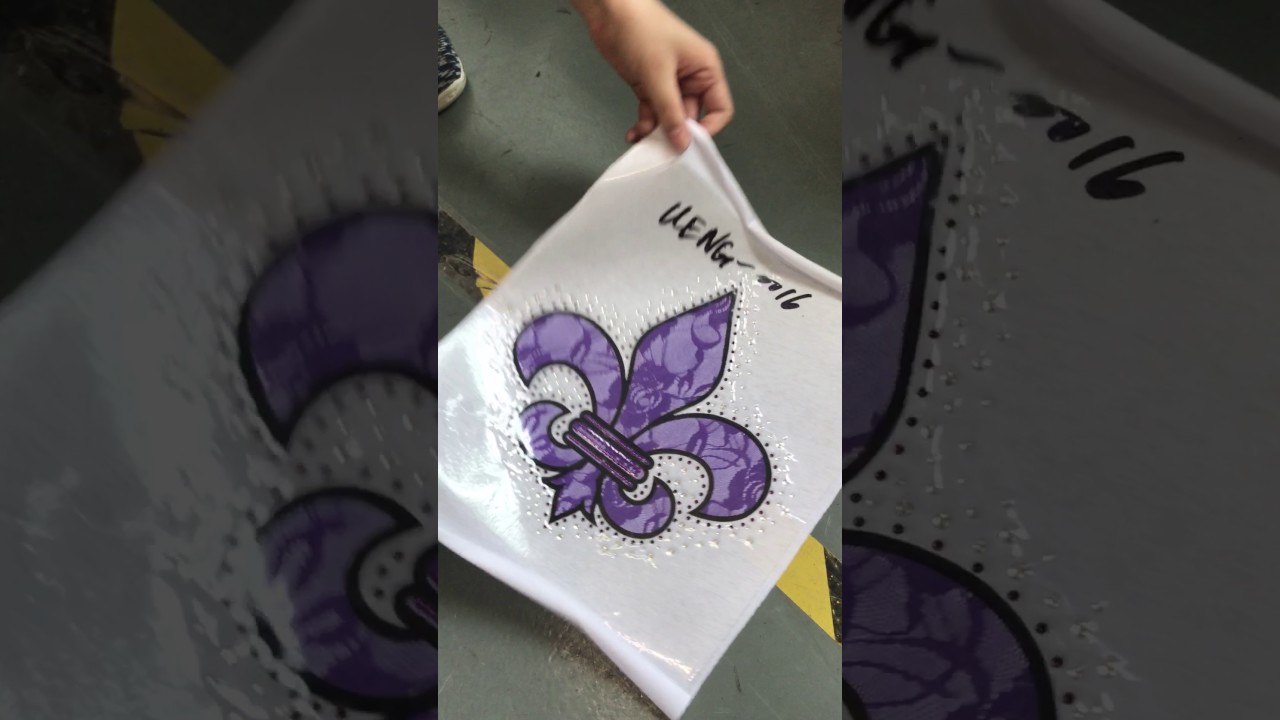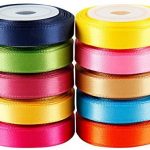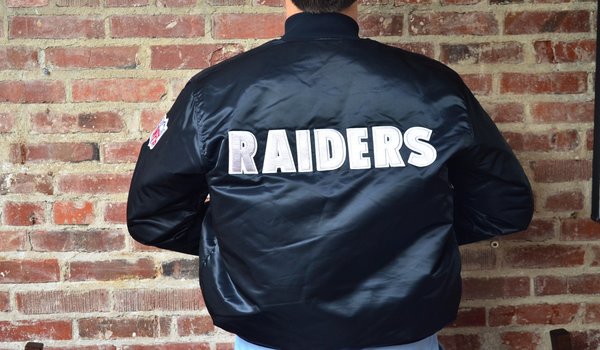Can You Heat Press Satin? Method, Tips, Pros, and Cons
Satin is a fabric, usually made from silk or rayon, with a highly smooth surface. It has a glossy shine that reflects light, making it sparkle. Satin can be made in different colors and prints. The fabric is often used to make dresses, suits, and even furniture.
Can you heat press satin?
Yes, you can heat press satin. The key is to use a lower temperature setting and a lighter pressure. If the temperature is high, the heat from the press will destroy the sheen on the fabric because it does not have a protective coating to keep it from melting.
How do you heat press satin?
- Set temperature to 300°
- Set timer for 10 seconds
- Place garment on press
- Press down with even pressure
- Remove the garment from the press
- Let it cool down

Tips to heat press satin fabric
- Set your heat press machine to 300 degrees Fahrenheit.
- Evenly distribute the fabric onto the heat press bed.
- Cover with a piece of parchment paper and then a thin cotton towel.
- Press and peel the fabric from the parchment paper and then the towel.
- Turn off the heat press machine and let it cool before removing it from the heat press bed.
Pros and cons of heat pressing satin
Frequently Asked Questions
Can you heat press vinyl onto satin?

Yes, you can. You will want to make sure that the vinyl is cut in the correct size for your piece, in the proper orientation. You’ll also want to make sure that the vinyl is not too thick.
The satin will need to be ironed first before you put the vinyl on top. You can then place the vinyl on top of your satin and then press with your heat press machine.
What temperature do you heat press satin?
Satin should be heated to 320 degrees Fahrenheit for 10-15 seconds. Here is a chart that shows the time and temperature requirements of each material.
Can you use htv on the satin ribbon?
You can use HTV on a satin ribbon, but it is better to use transfer tape to ensure the HTV stays on the ribbon.
Can you heat-press the satin ribbon?

Yes, you can heat press satin ribbon, but it is recommended that you use a low temperature and a light touch. Set your heat press to medium-low temperature. Use medium pressure for 10 seconds. To fix slipperiness, coat the fabric with a thin layer of vinyl or other adhesives before applying the vinyl.
Can I use my heat press to heat press vinyl onto silk?
Yes, you can use a heat press to heat press vinyl onto silk. The heat from the press will fuse the vinyl to the silk without melting the silk, as long as you use a lower setting on your heat-press.
Can you use a heat press on silk?
Silk is a natural fiber, and it is very delicate. Using a heat press on silk can cause damage to the fabric and might produce an imprint of the heat press on the fabric.
What fabrics can you heat press?
What kind of vinyl to use on satin?
You can use heat-transfer vinyl (HTV) on satin. Cricut HTV and Siser are the best options when satin is considered.
What temperature do you heat press silk?
270-280 F is the best temperature to heat press the silk fabric.
How to iron satin fabric?
Follow these instructions to iron satin fabric:
- Set your iron on a low heat, usually between 1 and 4, or use the satin setting if it has one. High temperatures should be avoided because they can cause satin to burn.
- Turn the satin fabric inside out.
- Place the satin item on the ironing board.
- Mist the glossy side of the ribbon first using a spray bottle, then flip it over and mist the backside. You don’t want the ribbon to be sopping wet that it can’t be ironed.
- To protect the satin fabric from direct contact with the iron, place a thin cotton press cloth, such as a pillowcase, bandana, handkerchief, or thin towel, over the wrinkled region.
- Gently push the iron over the protective layer and glide it around the satin fabric, working from one corner to the other.
Can you sublimate on satin fabric?
Yes, you can sublimate on satin fabric, especially if it has a high percentage of polyester. You can use a sublimation spray if it has a low polyester content.
Colors appear bright and clear on white or light-colored materials. If you are looking for sublimation blanks, satin ribbons made specifically for sublimation are also available.
How to print on satin fabric at home?
- To achieve the best sublimation results, choose a satin fabric with a high polyester percentage.
- Using a sublimation printer, print your design onto sublimation paper.
- Place the printed sublimation paper with the design facing down on the satin fabric.
- To transfer the design to the satin cloth, use a heat press or iron. For sublimation printing, be sure to use the correct heat settings and pressing time.
Can you use htv on rayon
Yes, heat transfer vinyl (HTV) can be used on rayon, but you must be careful with the heat settings and pressing duration because rayon is a heat-sensitive material. Here are some pointers for working with HTV on rayon:
- Press for 5-6 seconds at a time. Instead of applying heat for the full required duration all at once, divide it into shorter chunks, giving the fabric 2-3 little presses for no more than 5 seconds each.
- Allow the garment to cool slightly between presses by opening the platens.
- Begin with lower heat settings, as strong heat can cause rayon to discolor. If your HTV offers a temperature range, start on the lower side of the recommended temperature or even slightly below.
- Before beginning with the main project, it is often a good idea to test the HTV application on a small or inconspicuous piece of the rayon fabric. This will assist you in determining the ideal heat settings and pressing time for your particular rayon fabric without causing damage to the entire item.
Can you apply cricut iron-on vinyl on satin?
Yes, you can use Cricut iron-on vinyl on satin fabric, but be careful with the heat settings and pressing time because satin is heat-sensitive. Here are a few suggestions for working with Cricut iron-on vinyl on satin:
- When applying HTV with a home iron, use the cotton/linen setting and the recommended pressing time. (usually 10-15 seconds). If you can’t test the heat setting on the satin, select a level 1-2 lower than cotton/linen simply to be careful in case the fabric is heat-sensitive.
- For 10-15 seconds, preheat the application area of your base material. Place the weeded picture on the warmed material, lining side up. For 25-30 seconds, use medium pressure with the iron.
- Flip the material over and apply medium pressure with the iron to the back for another 25-30 seconds. Allow it to cool completely before removing the carrier sheet.
How to heat transfer vinyl on satin robe?
- Measure the area on your satin or silk robe where you wish the vinyl design to be applied. Determine the proper size of your design with a ruler or measuring tape.
- Open your Silhouette Studio software and make a design using the measurements you took. Make sure to reflect your image horizontally before cutting it on HTV.
- Load the glitter HTV onto the cutting mat of your Silhouette machine, shiny side down. Cut the design using the parameters recommended for your vinyl type.
- Using a weeding tool or an X-Acto knife, remove any excess vinyl from your design.
- Preheat your iron or heat press to roughly 320°F. Place your robe on the heat press for 3 seconds to eliminate any moisture and wrinkles.
- Place the weeded vinyl design on the robe, making sure it is aligned and centered.
- For around 7 seconds, press the vinyl design onto the robe with a heat press or iron. While the vinyl is still warm, carefully peel off the carrier sheet.
- To create a strong adhesive, press the vinyl design for another 7 seconds.
- The heat transfer vinyl design has now been applied to your satin robe.
- When using a heat press or iron, remember to protect your garment with a Teflon sheet or parchment paper. This lesson can be used to customize other clothing and materials.
Additional Questions
Can you use heat press on satin?
While there’s no definitive ‘Yes’ or ‘No’ answer, because it primarily depends on the type of satin and the heat settings of the press, heat pressing on satin requires a higher level of care than other fabrics. When using a heat press on satin, it’s important to adjust the settings to a lower temperature to prevent any direct damage to the fabric. Satin is quite delicate and has the tendency to scorch or distort under high heat, hence, it is crucial to do a test run and monitor the fabric carefully. Thus, using a heat-protective cloth or parchment paper as a barrier between the satin and the heat press is recommended to guard against potential overheating.
What are the pros and cons of satin?
**Satin is truly a luxurious material** that feels amazing to the touch and boasts a characteristic sheen that adds a dash of elegance to any item. The long fibers in satin contribute to its durability which means well-cared Satin products can last for a significant span of time. However, satin is not without its set of drawbacks as well. The material does not breathe as well as cotton, which could be a downside if you are considering satin garments for warm weather. Satin clothing also requires special care when washing and isn’t as easy to clean as some other materials. Its **best to follow the manufacturer’s guidelines** on caring for satin to ensure the longevity of the products.
Can you heat press vinyl on satin?
Similar to heat pressing on satin, heat pressing vinyl on satin can be done, but it’s essential to be extremely attentive while doing so. Satin’s delicate nature makes it more challenging to work with in comparison to other, sturdier fabrics. It’s crucial to use the correct amount of pressure and heat to ensure that the vinyl adheres properly but also that the fabric doesn’t get damaged. An experienced heat presser may be able to execute this effectively, but hobbyists and beginners should practice on a small piece before attempting to press vinyl on a larger or more valuable satin item.
Is satin heat safe?
Satin is not particularly heat resistant, which means **you need to be cautious while dealing with it during any heating process or drying it**. Air-drying is the safest option to preserve the longevity and appearance of satin materials. If a clothes dryer is used, ensure it’s at a very low heat setting to prevent any potential damage. Satin should never be exposed to high heat – whether from a dryer or direct sunlight – as this can weaken the fabric fibers, cause discoloration, and reduce the lifespan of your satin items. Thus, giving satin the proper care it demands can enhance its durability.

I’ve been in the printing business for 25 years. I love to share my experiences and knowledge.


